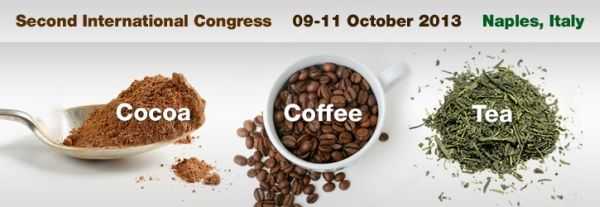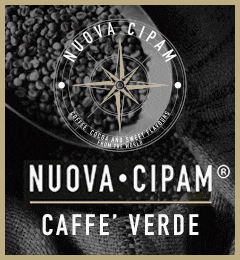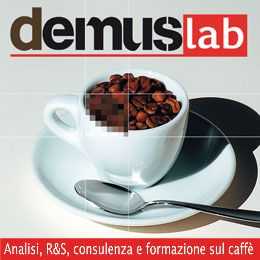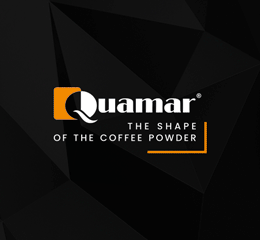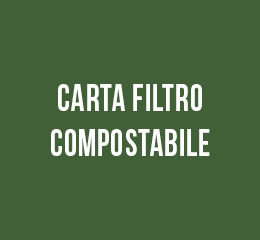Moreira, I, Miguel, M.G., Duarte, W.F., Dias, D. R., Schwan, R.F.Biology Department, Federal University of Lavras, CEP 37200-000, Lavras, MG, Brazil E-mail: rschwan@dbi.ufla.br; diasdr@dca.ufla.br
The intensive efforts to control the “witches’ broom” fungus in Brazil have included research on resistant and more productive cocoa cultivars, but the impact of these crosses on cocoa fermentation is not known. To understand the effects of breeding on cocoa fermentation, this work investigated the microbes and chemical compounds present during the fermentation of three highly productive hybrids (PH 9, PH 15 and PH 16).
The microbial species present during the fermentation process were similar in all three hybrids, but the populations of lactic acid, acetic acid, and mesophilic aerobic bacteria and yeast in the PH 9 hybrid fermentations were greater than those in PH 15 and PH 16. Lactobacillus fermentum, L. casei and L. rhammnosus were the predominant species in all hybrid cocoa fermentations. However, the profile of the bacterial community detected by PCR-DGGE was more complex in the PH 9 fermentation.
The yeast Saccharomyces cerevisiae was predominant in the all fermentations, followed by Hanseniaspora uvarum and the genus Pichia. A similar profile of substrate consumption (glucose, sucrose, fructose and citric acid) and kinetics of major metabolites (ethanol, acetic acid and lactic acid) was also observed, but the PH 16 hybrid presented the highest concentrations of sugars, acids and alcohols.



